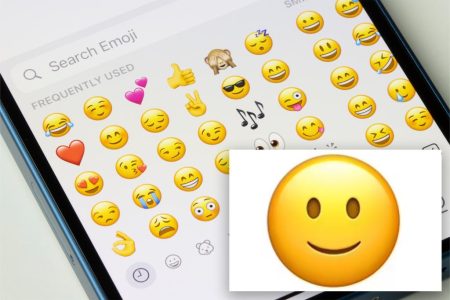Facebook has brought back the “Poke” feature, a popular flirting tool from the early 2010s that allows users to nudge or get someone’s attention on the platform. Initially buried deep within settings, the Poke feature is now more visible and easier to find thanks to a recent redesign by Meta, Facebook’s parent company. With Pokes increasing by 13 times since the update, over 50% of new Pokes are being made by users aged 18 to 29, demonstrating a wave of nostalgia among younger generations for this classic Facebook feature.
In the early days of Facebook, the Poke feature was a popular way to flirt, annoy friends, or start a poke war. As the social media platform celebrates its 20th birthday, the Poke feature has regained popularity, reminiscent of its heyday in the early 2010s. Users can now easily find the Poke button next to any name they search for on Facebook, making it more accessible for those looking to revive this classic flirting technique. By simply typing “poking” or “pokes” in the search bar, users can instantly access the Poke landing page and connect with others through this fun feature.
Meta’s redesign of the Poke button has successfully brought this classic feature back into the spotlight, attracting a new wave of users, particularly those in the 18 to 29 age group. The widespread use of the Poke feature is a clear indication of its enduring appeal and the nostalgia it evokes among users who remember its popularity during the early days of Facebook. By reviving this classic feature and making it more visible, Facebook has successfully tapped into the desires of younger generations who appreciate the playful and lighthearted nature of the Poke feature.
The resurgence of the Poke feature has sparked comparisons to modern methods of flirting, such as sliding into someone’s DMs. While technology and social media have evolved significantly since the early days of Facebook, the Poke feature remains a simple yet effective way to initiate contact, get someone’s attention, or engage in playful banter. By bringing back this classic feature, Meta has allowed users to experience a sense of nostalgia and connect with others in a fun and interactive way, highlighting the enduring appeal of the Poke feature among younger generations who appreciate its simplicity and charm.
Overall, the return of the Poke feature to Facebook has been met with enthusiasm and nostalgia among users, particularly those who remember its popularity in the early 2010s. By making the Poke feature more visible and accessible, Meta has successfully revived this classic flirting tool and attracted a new wave of users who appreciate its simplicity and fun nature. As Facebook celebrates its 20th birthday, the Poke feature serves as a reminder of the platform’s evolution and enduring appeal, highlighting the ways in which technology continues to shape and influence the nature of communication and interaction in the digital age.















